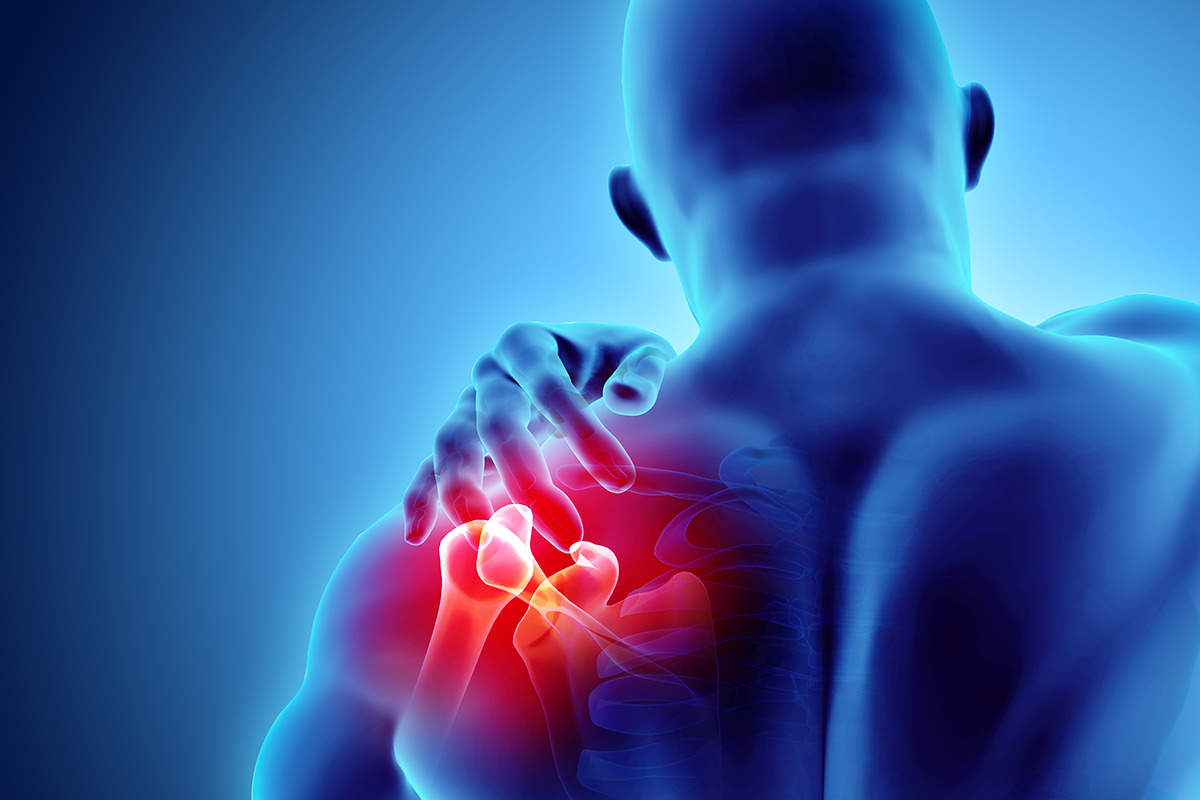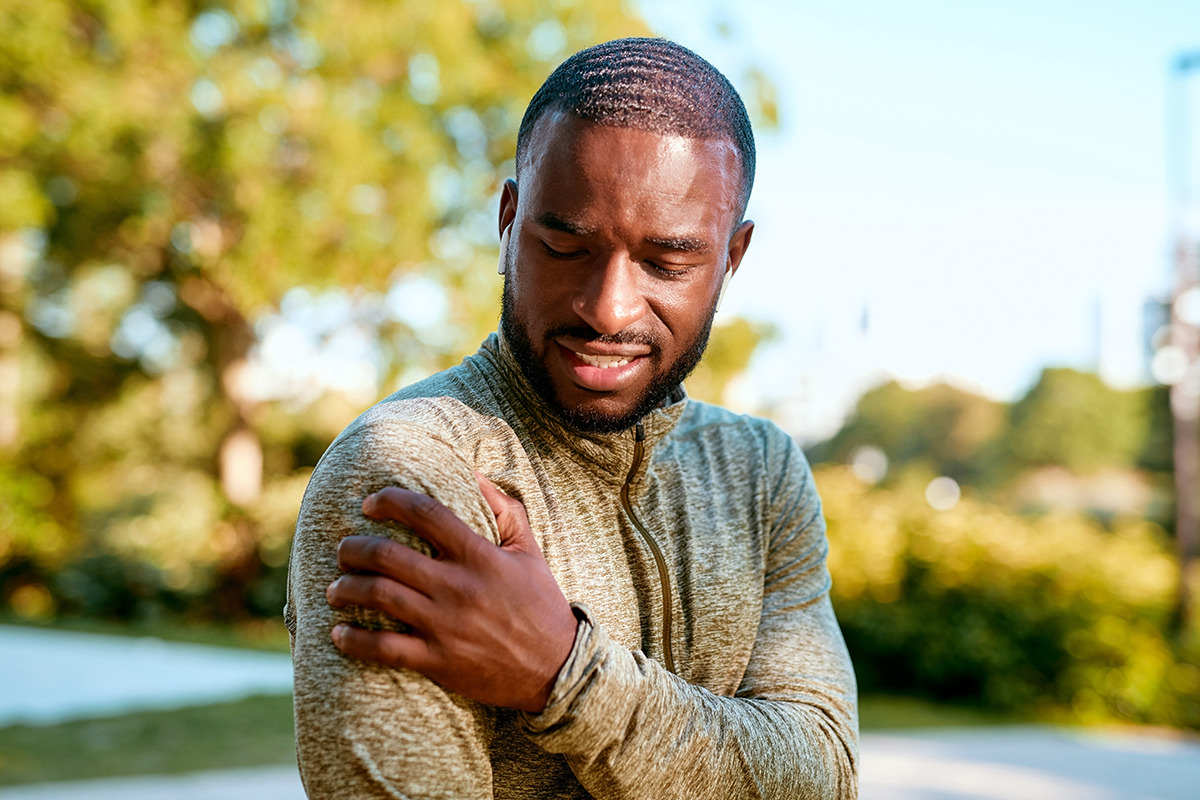Torn Shoulder Labrum Patient Education
Torn Shoulder Labrum
A labral tear in the shoulder occurs when the stabilizing cartilage (labrum) surrounding the ball of your upper arm in the shoulder socket gets frayed or torn causing pain and shoulder instability. The labrum in your shoulder can tear partially or fully in different ways including:
- Anterior tears – where the tear is in the front of your shoulder labrum
- Bankart tears – where the bottom part of the labrum gets torn (often from dislocation)
- SLAP tears – where the top part of the labrum that your biceps tendon attaches to gets torn
- Posterior tears – where the tear is in the back of your shoulder labrum
What causes a Torn Shoulder Labrum?
Shoulder labrum tears can come from sudden (acute) injuries like an accident to your shoulder or from lifting something heavy overhead. Repetitive injuries (chronic) from upper arm motions during certain jobs or sports that require overhead throwing are another cause. Your torn shoulder labrum can be caused by:
- Dislocation of your shoulder
- Falling on your outstretched arm
- Injury from throwing or raising your arm above your head
- Injury from catching a heavy object
- Injury from a forceful pulling of your arm
Symptoms of a Torn Shoulder Labrum
Torn shoulder tear labrum symptoms are similar to other types of shoulder injuries and often start as an aching pain deep in your shoulder. But if your shoulder has fraying within the labrum and no tear, you may not experience any symptoms. Your shoulder labrum symptoms can include:
- Continued pain or discomfort after shoulder dislocation
- Catching or locking of your shoulder motion
- Grinding or popping sounds in your shoulder
- Pain during the front or back of the shoulder
- Pain during lifting activities
- Pain that causes trouble sleeping
- Less range of motion
- Shoulder instability (looseness)
- Shoulder weakness
Surgical and Non-Surgical Treatments for a Torn Shoulder Labrum
Most shoulder labrum tears are treated nonsurgically to relieve your symptoms and strengthen your shoulder to avoid further injury. Surgical treatment options depend on the location of the tear, such as on the outer rim or within the labrum from fraying. They usually involve removing damaged areas of your labrum and reattaching healthy ones. Treatments for your labrum tear include:
Surgical Treatments for a Torn Shoulder Labrum
- Arthroscopic surgery – involving making two to three small incisions over your shoulder and inserting thin instruments to remove damaged parts of the labrum. Then use bone anchors and sutures to reattach the healthy portion of the labrum with the help of a guiding camera. This is a same-day or outpatient procedure.
- SLAP tears may be treated by cutting the bicep tendon away from the labrum alone or by removing it from the labrum and reattaching it beneath a chest muscle.
- Open surgery – involving making an incision over the front of your shoulder to remove damaged parts of the labrum and use bone anchors and sutures to reattach the healthy portion.
Non-Surgical Treatments for a Torn Shoulder Labrum
- Anti-inflammatory and pain relief drugs like ibuprofen and naproxen
- Cortisone steroid injection to relieve pain and inflammation
- Physical therapy to str those ofengthen shoulder muscles and increase range of motion
- Popping your arm back into place after a shoulder dislocation
- Rest and modifying your activities



